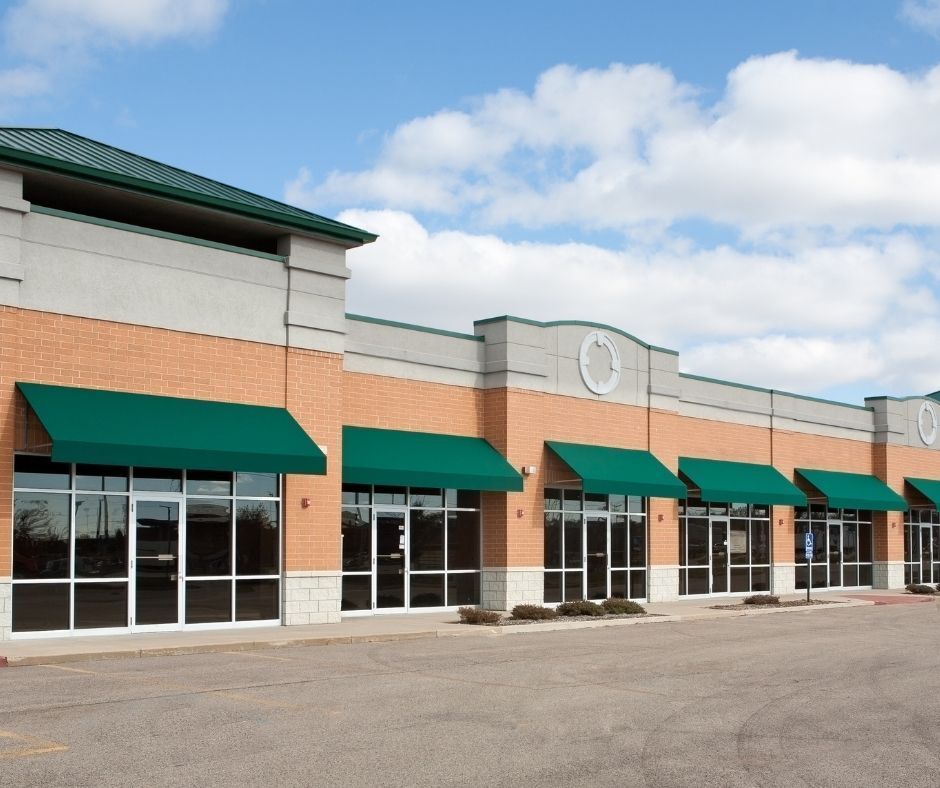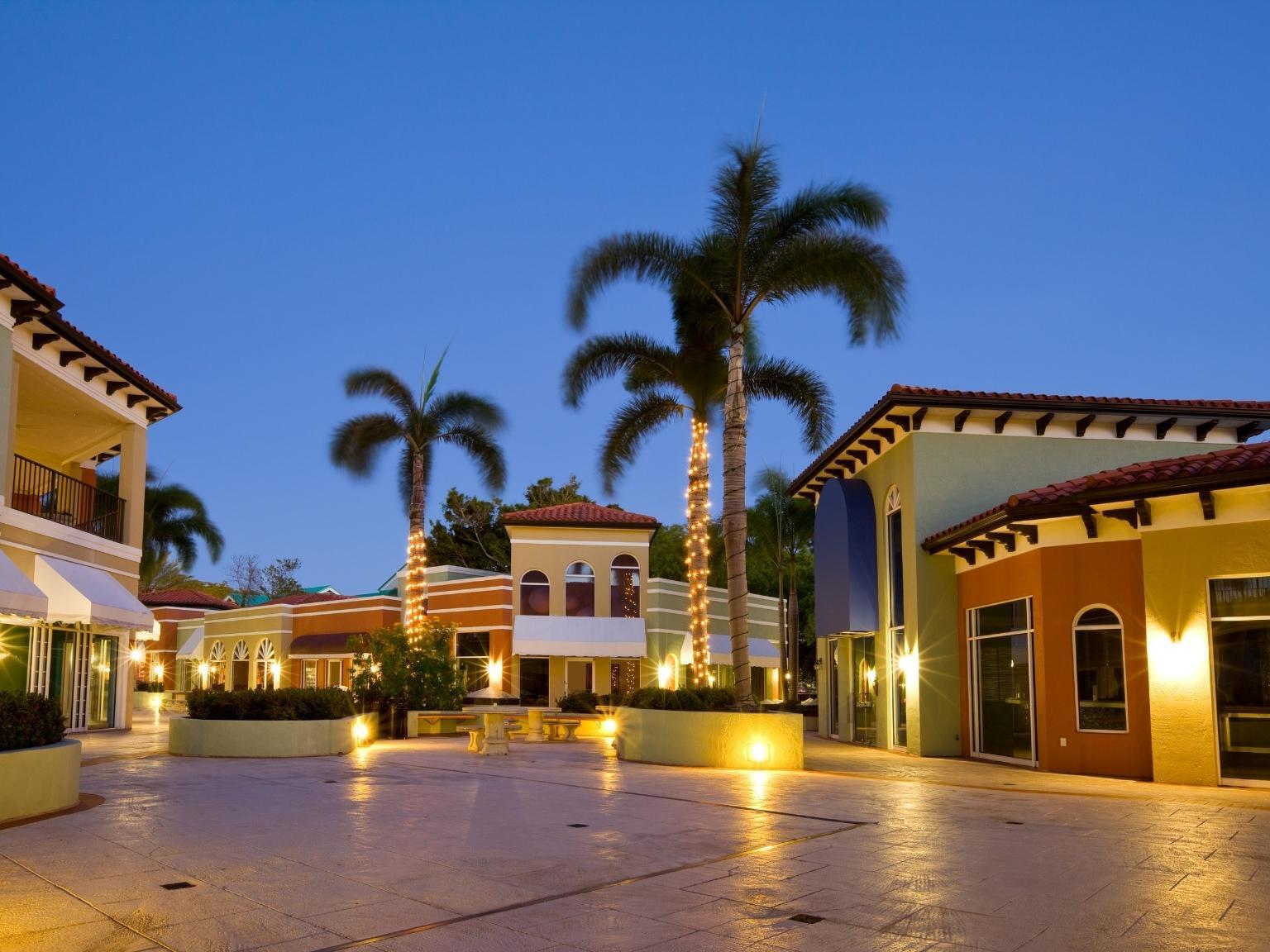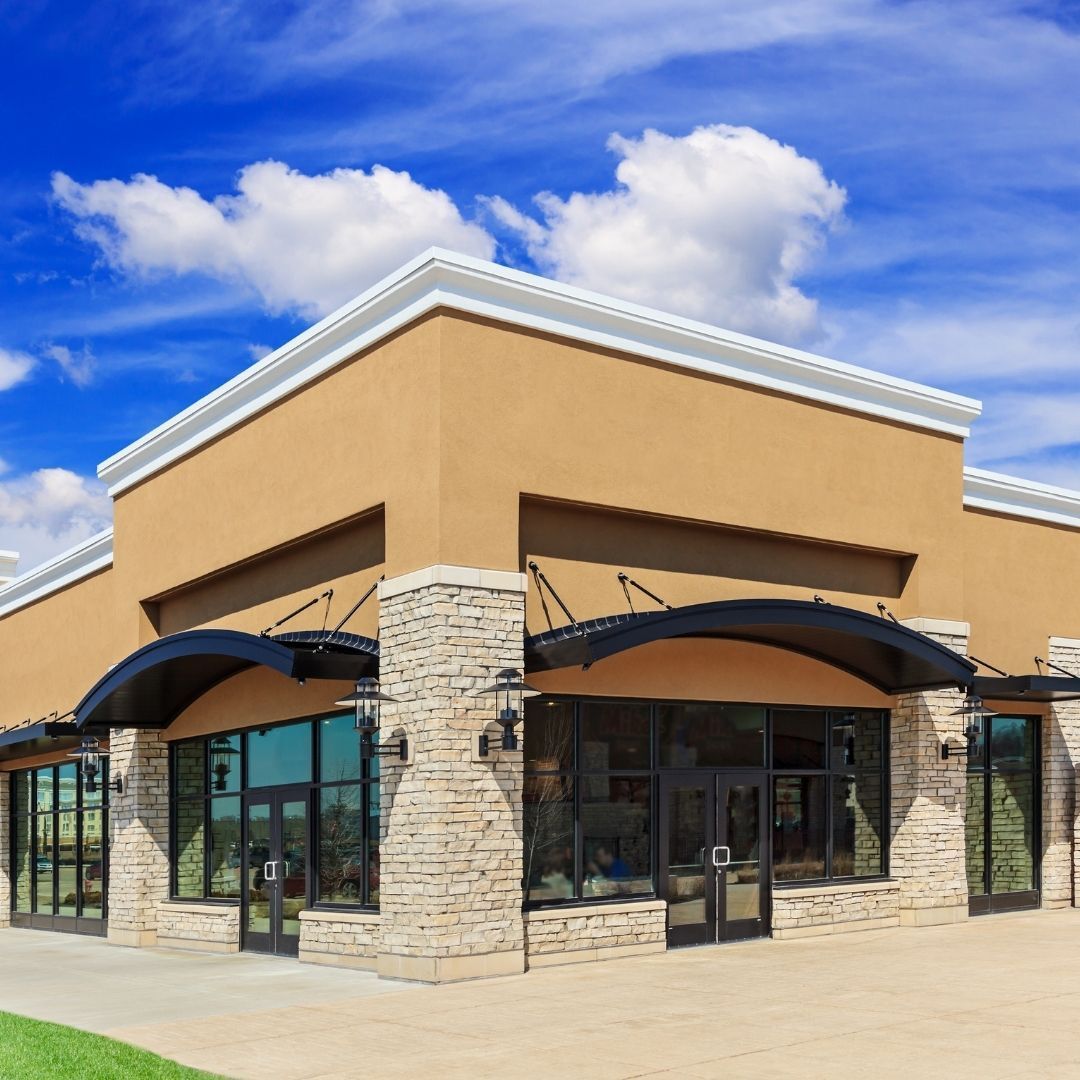FAQ - Are Commercial Loans Hard To Get?
Commercial loans are easy to get if you know this.
It is not hard to get a commercial loan if you have the right credit and financials. Banks will loan money based on your credit score, P&L statement, and other factors that assure them you can cover the monthly expense of paying back the loan. Any business can qualify; however, it does help if you have some sort of track record of business success. The best way to see if you can qualify for a loan is to talk to a lender. Call us today, (727) 784-5555. We will ask you some simple qualifying questions and figure out what type of loan is best for you. It takes about 30 minutes to get started.
How Do I Get A Commercial Loan?
There are many ways to get a commercial loan. Here at DDA Mortgage, we make it easy. You can apply for your loan over the phone
(727) 784-5555, or fill out an
application on our website. A representative will contact you regarding your application and help determine which program best suits your needs.

What Is A Commercial Loan?
Simply put, a
commercial loan is a financial agreement between you and a lender, to borrow money for your business or to invest in real estate. A commercial loan should not be confused with an ordinary personal loan. A personal loan is designed for purchasing goods or services. They can also be used for refinancing debt or consolidating credit card balances, but this tends to be less common. For businesses and real estate investors, a commercial loan can provide the capital required to purchase large assets that would otherwise be out of reach.
What Do Commercial Loans Cover?
A commercial loan is a sum of money lent by a bank or other financial institution to a business for the purpose of covering business expenses. This can include new equipment, payroll increases, real estate, and operating expenses. Commercial loans are best used to kick start a business or help it grow financially as it ages.
Flexible Payment Options.
Commercial loans are not complicated to get, as long as you meet the requirements. There are many options for businesses seeking funding, and longer terms mean that businesses can take advantage of more flexible payments. Terms can range up to 25 years or longer depending on the programs available. Banks and lenders are always revising their programs, giving you the flexibility to repay your loan in the way that works best for your business. Interest rates depend on a variety of factors including credit score, down payment, and loan type. Get in touch with DDA Mortgage today so they can help you determine which commercial mortgage options will work for you.
What loans can I get?
To learn more about what loans you can get check out our FAQ - What Real Estate Loan Is Best For Small Businesses? Or call us, 727-784-5555, and talk to a commercial loan advisor.
Learn more about Commercial Real Estate.
Have A Question?
Use the form below and we will give your our expert answers! Or scroll down for more FAQs and Answers.
Ask A Question

Check out our other helpful videos to learn more about credit and residential mortgages.














